This story was produced in partnership with the W.K. Kellogg Foundation and was originally published by Word In Black.
Mizan Alkebulan-Abakah and her husband, Sizwe Andrews-Abakah, believe time travel can help heal Black people.
Those who visit the couple in Oakland, seeking to identify, alleviate, or understand racial trauma, must accompany them on an intense, sometimes painful journey through time and space — from ancient Africa through the Middle Passage to America, 3,000 years into the future. But the trip isn’t metaphorical or even imaginary.
Travelers actually tread on dust and grit while exploring the Motherland of centuries past, the aroma of eucalyptus lingering in the air. They handle a ball of cotton plucked from a plantation field, attend a Black Panthers meeting in an Oakland safehouse, and glimpse a thriving Black community three millennia from now.
The mind-bending, highly sensory expedition is part of the Experience Sankofa Project, an interactive workshop Mizan and Sizwe created to promote racial healing in the San Francisco Bay Area. Blending history with live performance art, music, smells, and a post-tour guided discussion, the project explores how the trauma of slavery and the long shadow of racism puts present-day Black psychological distress into context.
The project “grew out of our work with an organization called Flourish Agenda,” a nonprofit, youth-and-family-oriented organization, says Sizwe. At a summer camp workshop exploring racism, he says, young people were blindfolded; he and his wife then guided them through a detailed audio journey from slavery to the present day.
The goal, Sizwe says, was to help the youths understand the deep-seated, generational wounds white supremacy has inflicted on the Black community, and how their community is still dealing with the trauma.
If someone’s coming with a ‘1, 2, 3, 4, 5 — you’re healed!’ program, don’t believe them.
MIZAN ALKEBULAN-ABAKAH
The workshop, he says, was so effective he and Sizwe decided to make it a part of the Spearitwurx Center for Culture and Wellness, their own community-based nonprofit, training, and advocacy organization.
“Folks walk through this timeline of our history, from the Original Woman (in Africa) through our greatness (of African civilization), to our enslavement to resistance,” including slave rebellions, the civil rights movement, and the founding of the Panthers in Oakland, says Mizan. It also includes sights, smells, and sounds that match the historical periods for each part of the exhibit.
But the focus isn’t only on Black trauma, Mizan says: Besides bearing witness to the horrors of the Middle Passage and forced bondage, “you’ll walk through Kemet or Timbuktu, and you’ll see a scholar studying. You’ll see George Washington Carver, conducting experiments on plants.”
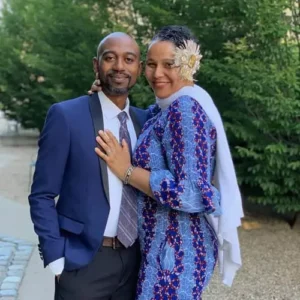
Sizwe Andrews-Abakah and Mizan Alkebulan-Abakah.
Since creating the experience as a small art installation in the late 2000s, Mizan and Sizwe say thousands of people have taken the journey with them and, by the end, emerged transformed. Facilitated discussions, Sizwe says, can evoke strong emotions.
When the Experience Sankofa Project came to Stanford, Mizan recalls an older white man who took the tour made a shocking revelation during the discussion: his ancestors were slave ship captains. But instead of shunning or scolding him, she says, other tour-goers thanked him for his courage and willingness to confront his family’s bitter legacy.
“He said, ‘I have never once been able to see the possibility of healing from that experience, until he came to the Experience Sankofa Project,’” she said. “And he’s been a really big supporter” since then.
“It’s like Mizan often says: ‘OK, what are you feeling? And what do you want to do with that feeling?’” Sizwe says. “It’s so simple, but it’s so profound.”
Unfortunately, the Experience Sankofa Project had a major setback earlier this year: heavy spring rains flooded the cultural center that houses it, forcing them to temporarily close. In the meantime, the duo have brought the experience to pop-up events in the Bay Area, and in community conversations on race.
The focus isn’t only on Black trauma.
“We pride ourselves on helping people to engage in a way that creates a sense of what we like to say is ‘vulna-rageous’ — a sense of being both vulnerable and courageous,” he says. “And I think that is what ignites within the people after they go through the experience.” But they have to be willing to endure some discomfort to truly heal.
“We always like to say, if someone’s coming with a ‘1, 2, 3, 4, 5 — you’re healed!’ program, don’t believe them,” Sizwe says, laughing.
While the couple acknowledges that a visceral experience through the past may trigger trauma in the present, they say healing can’t happen unless the hurt is acknowledged. It’s also a key reason the experience ends with Black people alive and thriving in the distant future.
At that point, “we’re talking about agency,” he says. “It’s not them doing anything to us; it’s us empowering ourselves to create the world that we want. That possibility is the healing in the Experience Sankofa Project. It’s like, ‘We’re still alive.’”

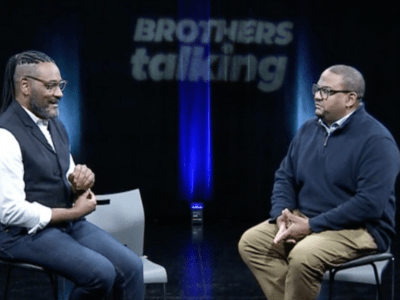
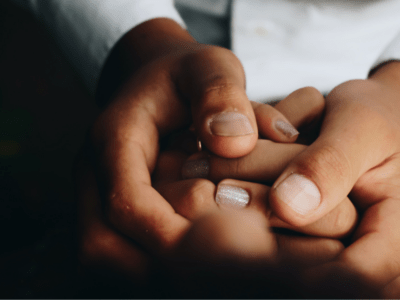
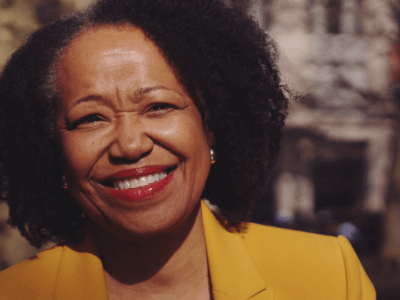

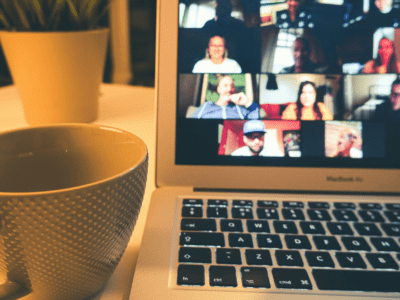
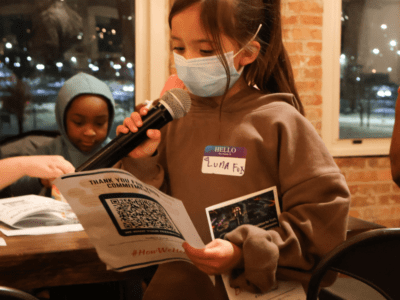

Comments